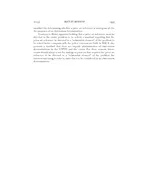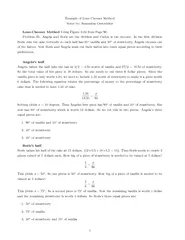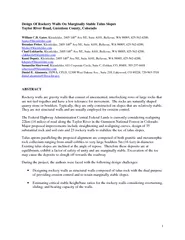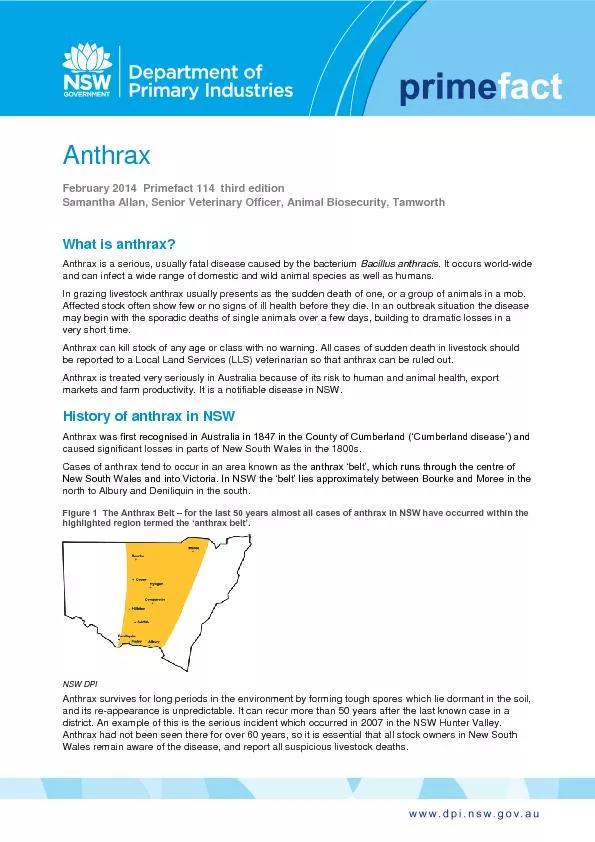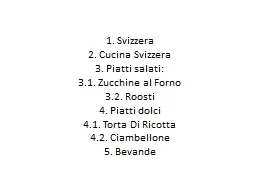PPT-By: Samantha Farina
Author : min-jolicoeur | Published Date : 2016-07-06
Competitive Runners 30 milesweek Sports Specific Strength Training Runners Running is a highimpact sport which means it requires that both feet leave the ground
Presentation Embed Code
Download Presentation
Download Presentation The PPT/PDF document "By: Samantha Farina" is the property of its rightful owner. Permission is granted to download and print the materials on this website for personal, non-commercial use only, and to display it on your personal computer provided you do not modify the materials and that you retain all copyright notices contained in the materials. By downloading content from our website, you accept the terms of this agreement.
By: Samantha Farina: Transcript
Download Rules Of Document
"By: Samantha Farina"The content belongs to its owner. You may download and print it for personal use, without modification, and keep all copyright notices. By downloading, you agree to these terms.
Related Documents



